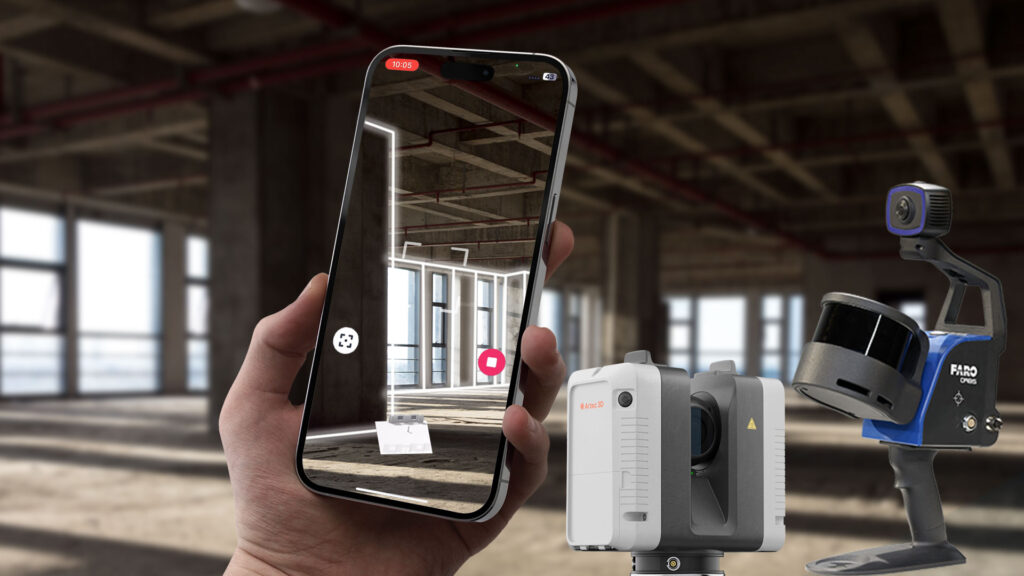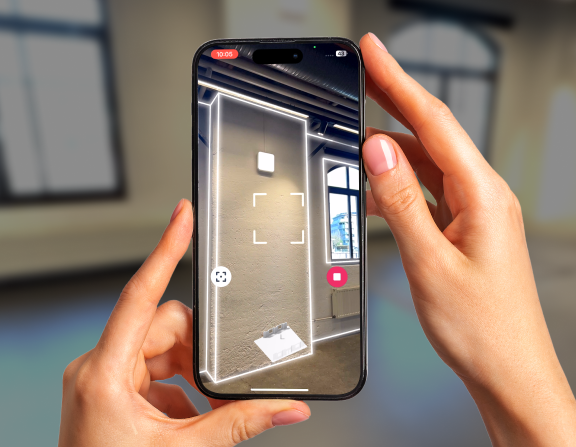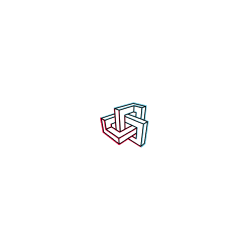The digitalization of interior spaces is currently experiencing a transformative phase. It is fueled by technological advancements that are bringing significant changes in architecture, construction, real estate, and facility management. By 2025, digital solutions will become essential for enhancing efficiency, accuracy, and collaboration in these industries. From 3D scanning and Building Information Modeling (BIM) workflows to AI integration and sustainability tracking, here’s a detailed look at the key trends shaping interior space digitalization in 2025.
Digitalization Becomes a Requirement, Not an Option
Quick and accurate digitalization of buildings is no longer an option, even for conservative industries, it’s becoming a necessity. Governments and organizations are increasingly mandating digital documentation for new builds and renovation projects. This shift is improving building documentation and creating a standardized approach to managing construction projects.
Especially renovation projects are rapidly moving away from traditional, manual approaches and adopting advanced digital tools. 3D scanning and BIM enable contractors to create accurate digital replicas of existing spaces, which streamline restoration and renovation processes. This trend is driven by the need to preserve original structures while complying with modern standards.
In addition to providing access to digital twins of buildings, the digitalization of spaces offers significant financial benefits. While some 3D scanning solutions may initially seem costly, they often prove to be more cost-effective in the long run. Digital tools streamline building documentation, enabling professionals to manage and modify plans online without repetitive site visits or manual rework.
Furthermore, many of these tools integrate seamlessly with software solutions for facility management, lighting efficiency, and other processes. These integrations help to prevent unnecessary expenses, enhance operational efficiency, and support data-driven decision-making throughout a building’s lifecycle.
New Digital Regulations for the Lighting Industry
The lighting industry is facing significant changes driven by stricter energy efficiency and sustainability regulations. Key regulations, such as the Ecodesign for Sustainable Products Regulation (ESPR), EU Regulation 2023/826, and the RoHS Directive are phasing out outdated lamps and transforming the way professionals approach lighting design and retrofitting projects. These regulations mandate greater focus on energy efficiency, recyclability, and reduced environmental impact, compelling planners to adopt more intelligent, data-driven workflows.
Older lighting solutions are a major challenge for renovation and retrofitting projects. Professionals need accurate measurements, thorough documentation of current systems, and optimized designs for compliance with modern standards. Manual processes rely on incomplete or outdated data and cannot keep up with these new requirements. This shift demands digital tools that improve planning workflows, minimize errors, and ensure regulatory compliance.
Light professionals who embrace 3D scanning and advanced simulation tools will ensure compliance with 2025 regulations and position themselves as leaders in delivering sustainable, high-quality lighting solutions for the future.
BIM Moves to the Cloud
Cloud-based BIM platforms are rising and changing project management. Tools like Autodesk 360, Nemetschek dRofus, and Siemens Building X enable teams to collaborate seamlessly, access real-time data, and securely store project information.
Adopting cloud-based Building Information Modeling (BIM) solutions is a game-changer for the spacial digitalization industry. Traditional on-premise BIM workflows often limit accessibility, collaboration, and scalability, creating bottlenecks in projects involving multiple stakeholders. In contrast, cloud-based platforms such as Autodesk BIM 360, Nemetschek’s dTwin, and Siemens’ Building X reshape how teams collaborate, access data, and manage building projects.
Cloud-based BIM also improves data security and disaster recovery. With robust encryption and redundant storage, project data is safely backed up and accessible from anywhere, eliminating the risks of data loss or corruption commonly associated with local storage.
Moreover, cloud BIM platforms integrate seamlessly with other construction and facility management tools, creating a connected ecosystem for managing everything from design and construction to long-term building operations. Features like data analytics, IoT integration, and AI-driven insights are becoming standard, enabling predictive maintenance, resource optimization, and energy efficiency tracking.
As more firms transition to cloud BIM, the industry will continue to see innovation in how digital models are created, shared, and utilized.
OpenBIM and Interoperability Take Center Stage
In the past, one of the significant challenges in space digitalisation and construction industries was the need for more compatibility between different software tools. This disconnect often meant data created in one platform couldn’t be easily shared with another, leading to inefficiencies, errors, and duplicated efforts. The rise of OpenBIM and its commitment to interoperability is solving these issues and is expected to become even more dominant in 2025.
What is OpenBIM? OpenBIM refers to using open standards, such as Industry Foundation Classes (IFC), to enable the seamless exchange of information between various software solutions in a BIM workflow. Unlike proprietary formats, OpenBIM ensures that project data remains accessible and usable across different platforms, regardless of the tools used by individual stakeholders. It improves collaboration and ensures the longevity and reusability of project data.
Already now, the leading software providers are increasingly using OpenBIM standards. Tools like Autodesk Revit, ArchiCAD, DDS-CAD, Dialux, and Nemetschek’s Allplan now offer extended support for OpenBIM formats like IFC. This widespread adoption ensures that designers, engineers, and contractors can work together using their preferred tools without worrying about data compatibility. For example, lighting designers using Dialux can share their lighting simulations with architects working in ArchiCAD, and both teams can integrate their work seamlessly into a master BIM model.
Governments and regulatory bodies are also pushing for OpenBIM adoption as part of broader digital transformation initiatives in the construction sector. Some countries are beginning to mandate OpenBIM standards for public projects to ensure transparency, accountability, and long-term data usability. This trend will likely continue in 2025, further solidifying OpenBIM’s role as an industry standard.
AI in BIM sector
In 2025, AI integration in BIM workflows will further enhance efficiency, accuracy, and design creativity. Generative AI is transforming architectural design and construction planning by producing multiple design iterations based on project goals like energy efficiency, structural integrity, and material use. This enables faster, more sustainable, and cost-effective decision-making.
AI-driven Scan-to-BIM workflows are another breakthrough, combining 3D scanning with AI object recognition to quickly convert real-world spaces into precise BIM models. This reduces manual modeling time—especially valuable for renovations and restorations.
AI-assisted object recognition adds further detail by identifying missing components, detecting structural damage, or suggesting design optimizations—making models both accurate and comprehensive.
Additionally, AI Copilot tools are streamlining repetitive BIM tasks, offering intelligent suggestions like optimized HVAC layouts or wiring routes, while minimizing errors. As AI continues to evolve, its role in BIM will keep expanding by automating tasks, delivering insights, and boosting creativity across the design, construction, and facility management sectors.
Sustainability and Carbon Footprint Tracking in the Construction Sector
As global industries face increasing pressure to reduce environmental impact, the space digitalization sector is stepping up to help professionals measure, analyze, and minimize their projects’ carbon footprints. In 2025, sustainability will no longer be a secondary concern. It will be a central pillar in decision-making for architects, engineers, facility managers, and real estate developers.
In addition to new builds, digital tools are transformative in making renovation and retrofitting projects more sustainable. Scanning and digitalizing existing spaces enable professionals to identify areas where improvements can significantly reduce energy consumption and improve efficiency. Furthermore, a single building scan eliminates the need for repeated on-site visits, as all project data can be accessed remotely via the cloud. This saves valuable time and reduces travel-related emissions and fuel consumption, contributing to greener, more sustainable workflows.
In 2025, the trend of prioritizing sustainability and carbon footprint tracking is not just about meeting regulations; it’s about embracing a proactive role in addressing one of the most pressing global challenges of our time.
Mobile Space Digitalization Tools
One of the most significant trends in 2024 was the rise of mobile 3D scanners. They proved to be an accessible and flexible way to digitize spaces without relying on expensive hardware scanners.
Tools like the Metaroom 3D Room Scanner leverage mobile device features like LiDAR sensors to deliver precise, detailed 3D scans, without the high costs of traditional hardware scanners.
In 2025, mobile scanning will continue to revolutionize industries needing fast, affordable, and accurate space capture. Mobile tools are cost-effective, portable, and easy to use on-site, making them ideal for property evaluations, renovations, and as-built documentation.
Thanks to advancements in LiDAR based solutions like Metaroom offer professional-grade accuracy for creating 2D floor plans, 3D models, and more. As technology evolves, mobile scanning will remain central to modern space digitalization workflows.
Final Thoughts for 2025 Trends in Space Digitalization
The trends in spacial digitalization for 2025 highlight a clear trajectory toward greater efficiency, collaboration, and sustainability. The shift from mobile scanning solutions to the adoption of AI-powered tools, the trends point to a future where digitalization is an essential part of operations. These innovations promise improved efficiency, sustainability, and collaboration for construction, architecture, real estate, and design professionals.
By investing in the latest technologies and adapting to the new digital-first paradigm, businesses can achieve greater efficiency, reduce costs, and deliver higher-quality results for their clients.
2025 will undoubtedly be a transformative year for spacial digitalization, pushing boundaries and opening up new possibilities. For those ready to embrace this innovation, tools like Metaroom are available today to provide the foundation for success in the digital future.
Updated 1st of July, 2025











